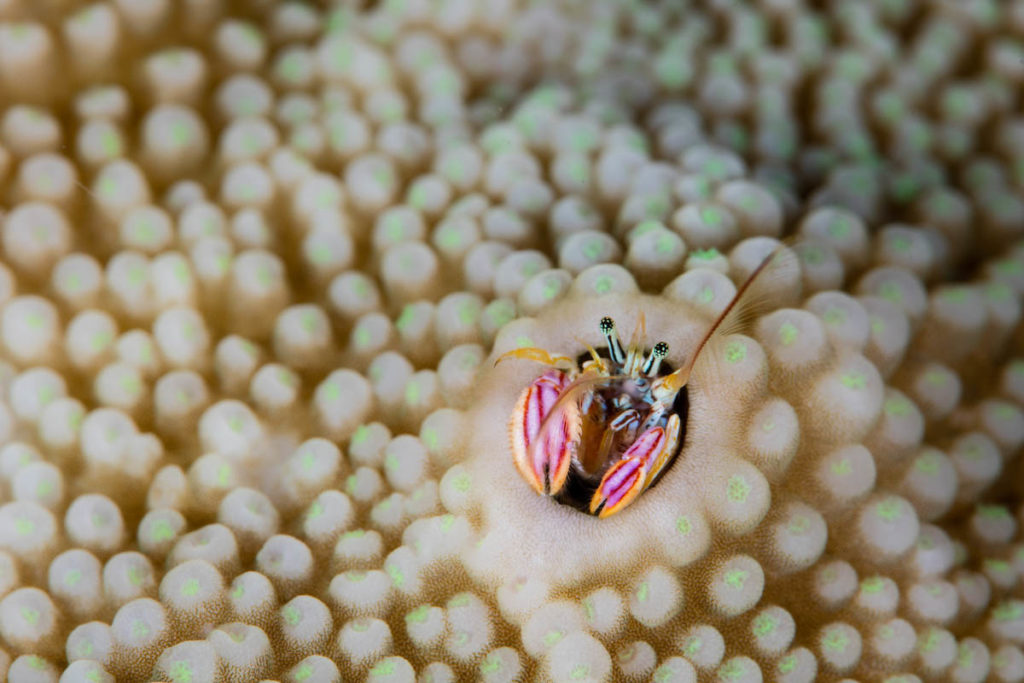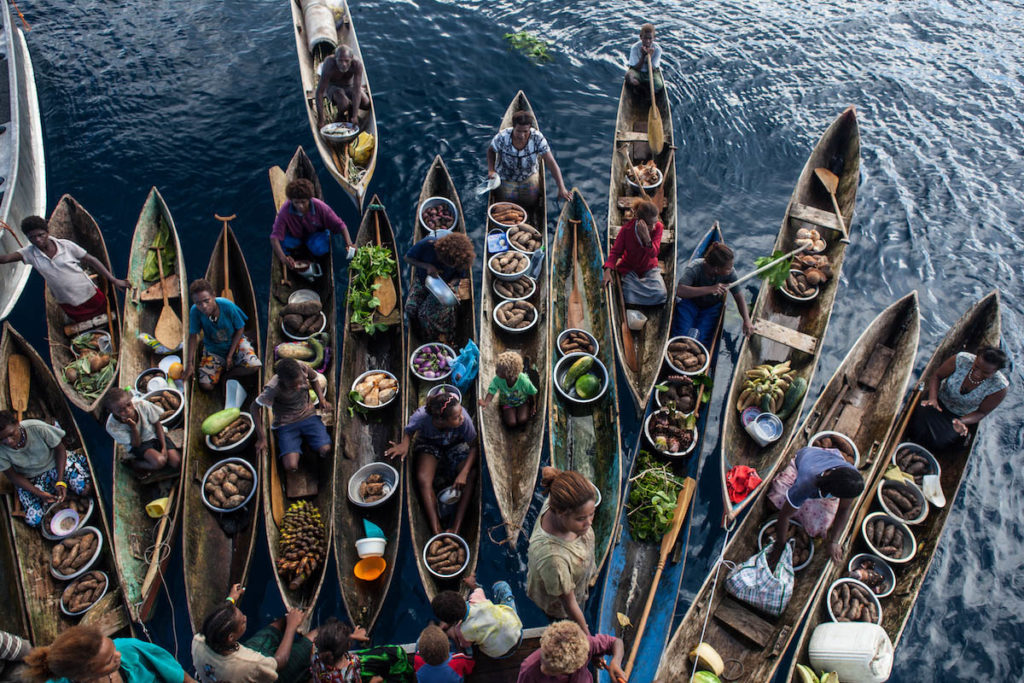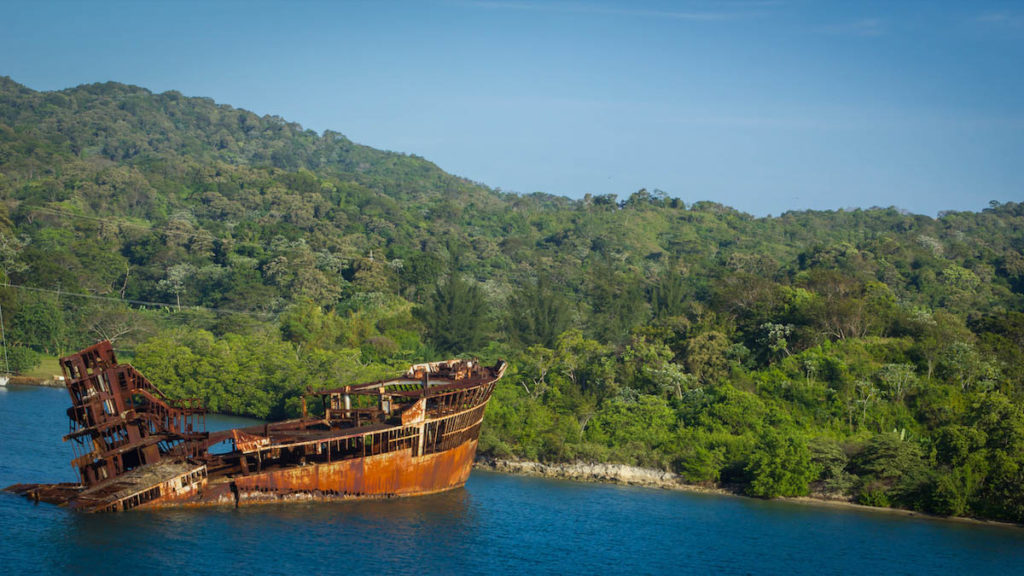Tech diving allows you to explore areas other divers simply can’t reach; enjoying untouched dive sites and the peaceful depths of the ocean. It is hugely rewarding and becoming popular at liveaboard destinations around the world.
Where can you go liveaboard tech diving?
Whilst the Red Sea, and especially Dahab, is an iconic tech diving destination, there are other great tech diving places to experience. A liveaboard safari is often the best way to reach the remote destinations, and plenty of vessels now offer tech diving support.
Micronesia
Scuba diving at Truk Lagoon is a colourful experience, with numerous opportunities for you to tech diving amongst coral-encrusted World War II wrecks, whilst surrounded by marine life. The sheltered lagoon makes it good for new tech divers and there are around 15 wrecks at 40 to 60 meters deep:
- The San Francisco Maru (60+ meters deep) has four cargo holds containing aircraft bombs, artillery shells, tanker trucks, a flatbed truck, and torpedo warheads. There is so much to explore you’ll find one dive just isn’t enough.
- The Fujikawa Maru (36 meters deep approx.) is another great wreck. This Japanese Navy passenger and cargo ship has three aircraft and numerous World War II artefacts for you to find.
The SS Thorfinn liveaboard is geared up for tech divers and has two special diving packages: The Rebreather Plan and Truk Tek Unlimited.
Honduras
Honduras is gaining a reputation as a tech diving destination thanks to the variety of dives around Utila and Roatan:
- Utila’s north side has walls and caves at 45 to 80 meters deep. Some of the caves have stalactites and you can see plenty of pelagics, including barracuda and marlin.
- Utila’s eastern and southern sides have seamounts and pinnacles at 40 to 80 meters deep, plus challenging current dives. Dive at Whale Rock and you can ascend up the ‘whale’s head’, swim through its ‘eye’ at 45 meters and up through its ‘blowhole’.
- Roatan’s Cayman Trench has walls and crevices up to 60 meters deep where you can find black corals. This area is also known for whale shark encounters.
The Philippines
Suitable for new and experienced divers, there are a variety of dive sites for you to explore at Puerto Galera in the Philippines. It’s a great destination to combine tech dives with searching for tiny critters in the deep.
The Verde Island passage has deep wrecks, walls and drop-offs. Be aware the currents in the passage can be strong but are ideal for drift diving. The east of the island has two great tech dives to try:
- The Pinnacle dive site (60 meters deep) is a coral dive with large pelagic life.
- The Wall dive site disappears into the depths at over 70 meters and offers gorgonians, corals and schools of reef fish.
The budget-friendly M/V Dolphin liveaboard offers Puerto Galera safaris and has tech diving support.
The Soloman Islands
Solomon Islands scuba diving offers a chance to explore paradise islands and get well off the beaten path. The dive sites are numerous, the locals are very friendly, and life remains much as it has been for centuries.
A Florida Islands liveaboard is one of the best ways to go tech diving there. With at least 200 varieties of watercraft and over 600 aircraft from World War II, the islands are rightly known as the ‘Iron Bottomed Sound’. Some of the wrecks are still intact and the volcanic activity in the area has resulted in dramatic landscapes such as lava tubes and caves.
- The USS Aaron Ward is considered one of the world’s top wreck dives and lies at 60 to 70 meters.
In addition to the array of wrecks to explore, some divers have even reported seeing pilot whales in the area whilst sailing.
The Solomons PNG Masterliveaboard offers Solomon Islands dive safaris and has technical diver support.










